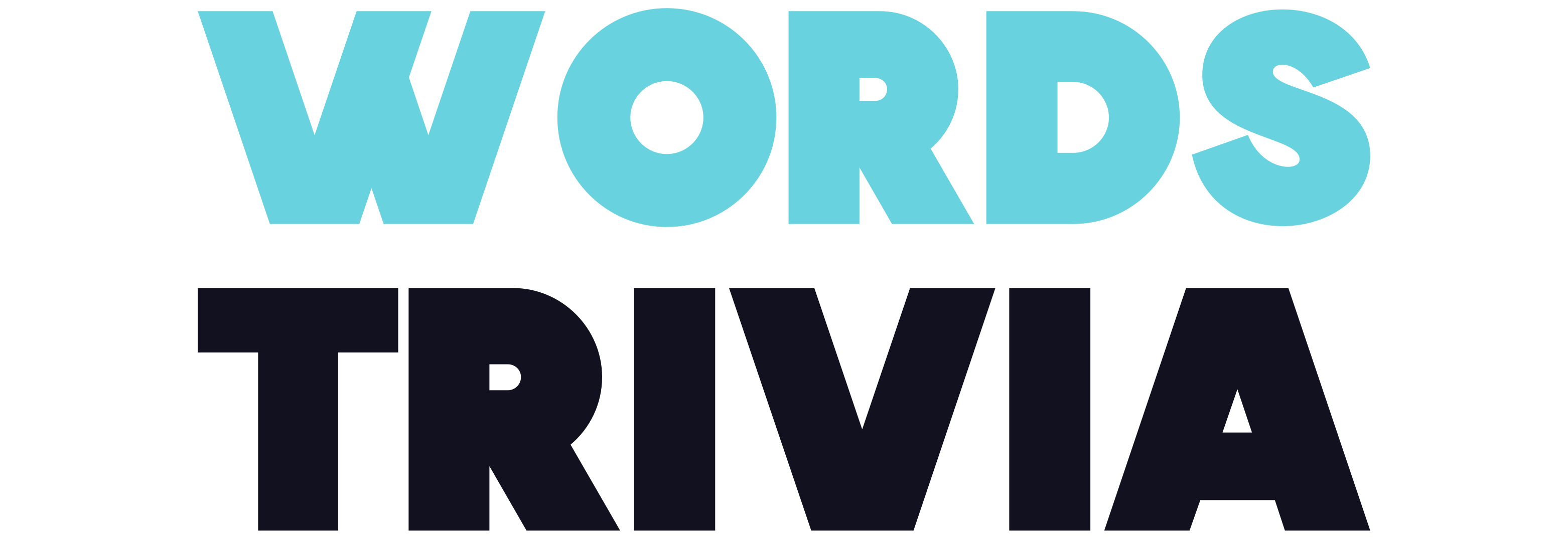Slang has always been a fascinating aspect of language. It is the unconventional, informal language that emerges within specific groups or communities, often serving as a way to establish identity and connection among its speakers. Over time, slang has evolved and adapted to reflect the ever-changing nature of society, technology, and popular culture. In this blog post, we will explore the evolution of slang and its impact on modern communication.
The Origins of Slang: From the Streets to Mainstream
Slang has its roots in the streets, where marginalized groups and subcultures would develop their own unique lexicons as a form of resistance or expression. Initially, slang was seen as a language of the lower classes, and its usage was often frowned upon by the upper echelons of society. However, as time went on, slang began to infiltrate mainstream language, permeating popular culture, literature, and even formal communication.
The Role of Technology: From Letters to Emojis
As technology advanced, so did the ways in which we communicate. The rise of the internet and mobile devices brought about a whole new set of slang and colloquial expressions. Abbreviations like "LOL" (laugh out loud) and "OMG" (oh my god) became commonplace in text messages, chat rooms, and social media platforms. Emojis also emerged as a way to convey emotions and add nuance to digital conversations, further shaping the evolution of slang.
Pop Culture Influence: Catchphrases and Memes
Pop culture has always had a significant impact on the development of slang. Movies, music, and television shows have introduced catchphrases and memorable lines that quickly become part of our everyday conversations. Who can forget phrases like "I'll be back" from Terminator or "May the force be with you" from Star Wars? In recent years, memes have also played a crucial role in shaping colloquial expressions. Viral images, videos, and memes have given birth to phrases like "on fleek" and "Netflix and chill," which have become ingrained in modern communication.
Regional and Cultural Variations: From Local to Global
Slang is not only influenced by popular culture but also by regional and cultural factors. Different regions and communities develop their own unique slang words and expressions that reflect their heritage, history, and social dynamics. For example, "y'all" is a common slang term in the Southern United States, while "bloke" is widely used in Australia and the UK to refer to a man. With the advent of the internet and social media, these regional variations have become more accessible and have spread globally, further enriching the diverse tapestry of slang.
The Ever-Changing Landscape: Keeping Up with the Times
One of the defining characteristics of slang is its transitory nature. Slang words and expressions can rise to popularity rapidly, only to fade away just as quickly. This constant evolution is driven by various factors, such as the emergence of new trends, technological advancements, and shifts in societal norms. Staying up-to-date with the latest slang can be a challenge, but it allows us to connect with others and participate in contemporary conversations.
Impact on Language and Communication
While some may argue that slang degrades language or inhibits effective communication, it actually serves a vital role in enriching our linguistic repertoire. Slang allows us to express ourselves creatively, establish connections with others, and adapt our language to fit specific contexts. It adds color, humor, and authenticity to our conversations, making them more dynamic and relatable. Moreover, slang serves as a marker of identity and belonging within certain groups, fostering a sense of community and shared experiences.
The Future of Slang: What Lies Ahead?
As we look to the future, it is evident that slang will continue to evolve and adapt alongside the ever-changing landscape of technology, culture, and society. With the rise of social media, the influence of memes, and the increasing interconnectedness of our world, new slang words and expressions will undoubtedly emerge. However, it is essential to strike a balance between embracing the creativity and vibrancy of slang while ensuring effective communication and understanding across diverse audiences.
In conclusion, the evolution of slang reflects the dynamic nature of language and the influence of various factors such as technology, pop culture, regional variations, and societal changes. Slang has become an integral part of modern communication, adding depth, humor, and identity to our conversations. Embracing and understanding slang allows us to connect with others, stay relevant, and navigate the ever-evolving landscape of language in the 21st century. So, next time you hear a new slang word or expression, don't dismiss it. Embrace it as a testament to the richness and versatility of human communication.
